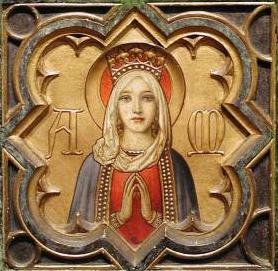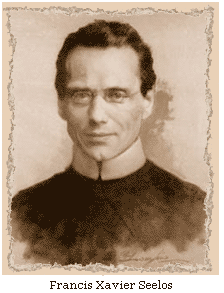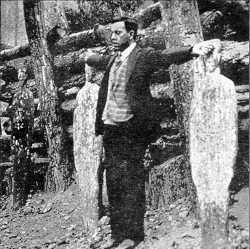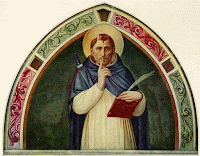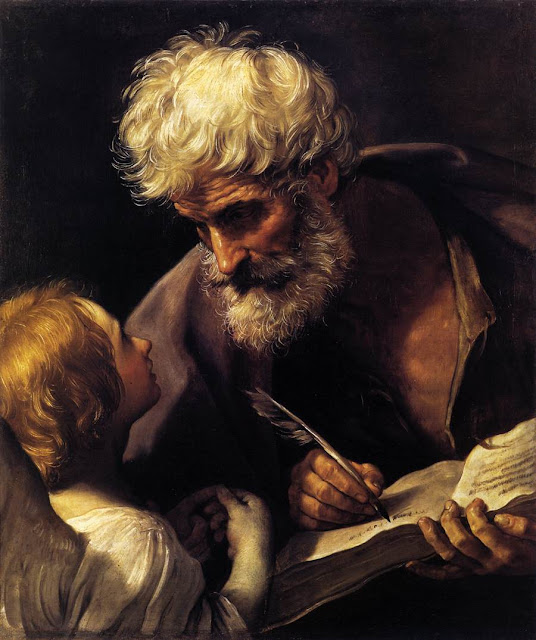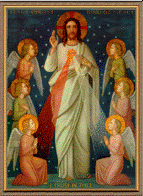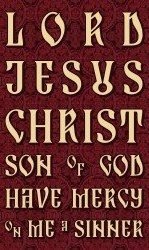+
 The Book
The Book of Common Prayer
for use in
The Church in Wales
1984
TREFN GWASANAETH
Y CYMUN BENDIGAID
A ELWIR HEFYD YR OFFEREN
Diolchwch i'r Arglwydd, oblegid graslon yw ef;
Oherwydd ei drugaredd sy'n dragywydd.
O give thanks unto the Lord, for he is gracious;
For his mercy endureth for ever.
Almighty and everlasting God, we thank thee for the spiritual food of the Body and Blood of thy Son, our Saviour Jesus Christ, which thou hast given us in these holy mysteries, assuring us thereby of thy favour and goodness towards us who are members of the mystical body of thy Son, and heirs through hope of thy eternal kingdom:
Wherefore, we offer and present unto thee, O Lord,
ourselves, our souls and bodies,
to be a reasonable, holy, and living sacrifice unto thee,
beseeching thee
to keep us, by thy grace, in this holy fellowship
and to enable us to to do all those good works
which thou hast prepared for us to walk in;
through Jesus Christ our Lord,
to whom with thee and the Holy Spirit
be all honour and glory,
world without end. Amen.
I have quoted above the Post-Communion in English but placed the Post-Communion versicle and response in Welsh at the first as a way to indicate that this liturgy is as important in its Welsh form as it is instructive in its English translation. (The secondary note is that Ordinariate liturgies only in the English language are only half measures without a proper Anglican missionary purpose.)
Unlike the liturgies of the Church of England which at times have gone to some lengths so as to avoid the use of material from the Scottish Episcopal Church and the American Episcopal Church, the Church in Wales freely crafts its clearly Anglican rite by the incorporation and weaving of material from several sources in the Anglican Communion in order to produce a beautiful Liturgy that is Anglican not in the parochial Church of England sense but rather Anglican in the world sense of the Communion of Churches by that name.
It is also rooted in its Celtic identity, and provides a clue to the Anglican diaspora in the Catholic Church how some beautiful Eucharistic language can be reclaimed and given new life in the Post-Communion. The lesson is one that can be taken from The Book of Common Prayer, 1662 but is given some refinement here.
Also, of interest is the avoidance of rubrics preferring instead alternating typefaces to indicate the Celebrant on the one hand and the Faithful on the other.
+
Unlike the liturgies of the Church of England which at times have gone to some lengths so as to avoid the use of material from the Scottish Episcopal Church and the American Episcopal Church, the Church in Wales freely crafts its clearly Anglican rite by the incorporation and weaving of material from several sources in the Anglican Communion in order to produce a beautiful Liturgy that is Anglican not in the parochial Church of England sense but rather Anglican in the world sense of the Communion of Churches by that name.
It is also rooted in its Celtic identity, and provides a clue to the Anglican diaspora in the Catholic Church how some beautiful Eucharistic language can be reclaimed and given new life in the Post-Communion. The lesson is one that can be taken from The Book of Common Prayer, 1662 but is given some refinement here.
Also, of interest is the avoidance of rubrics preferring instead alternating typefaces to indicate the Celebrant on the one hand and the Faithful on the other.
+

